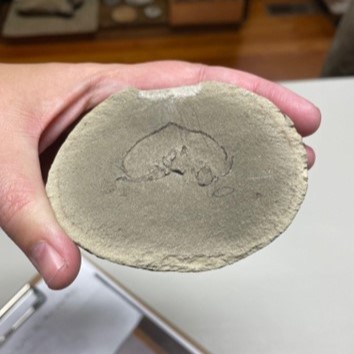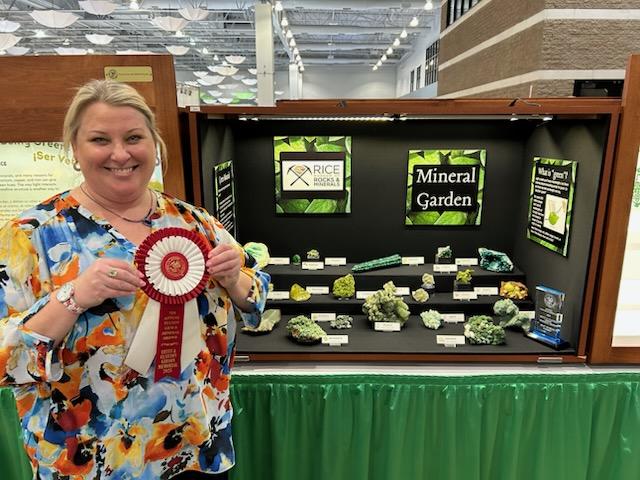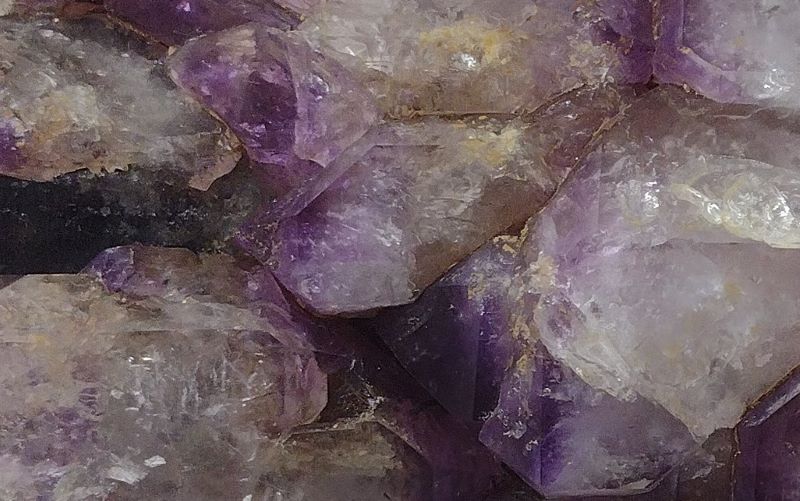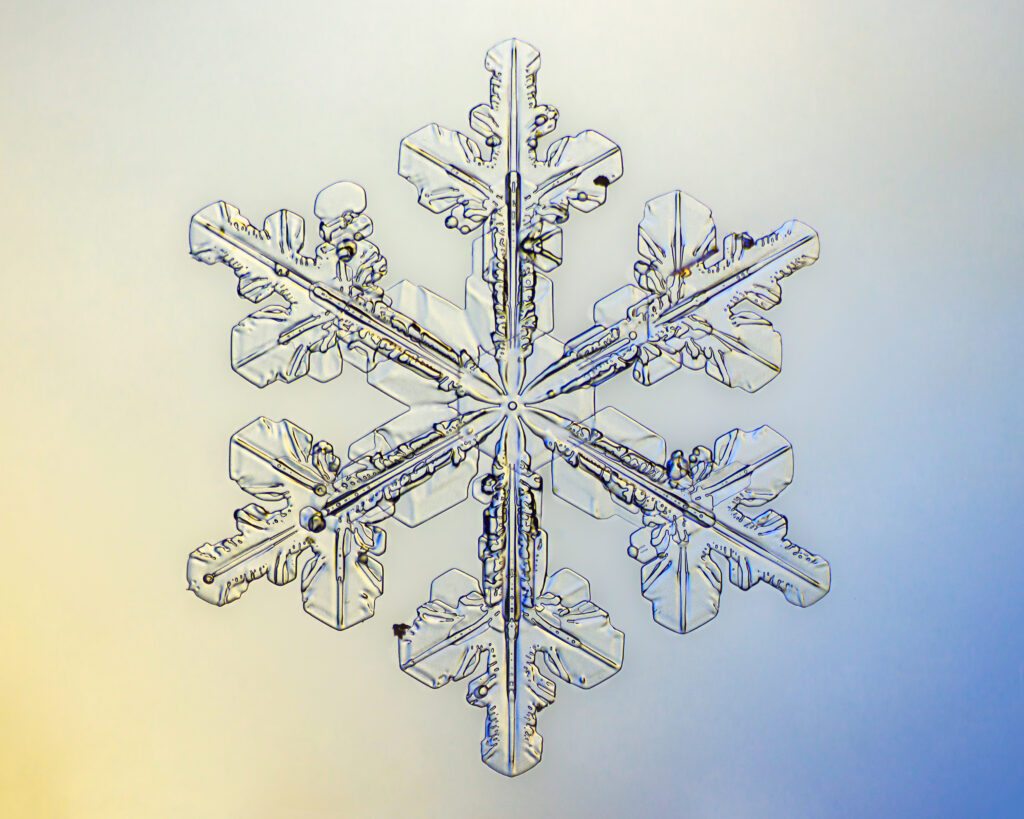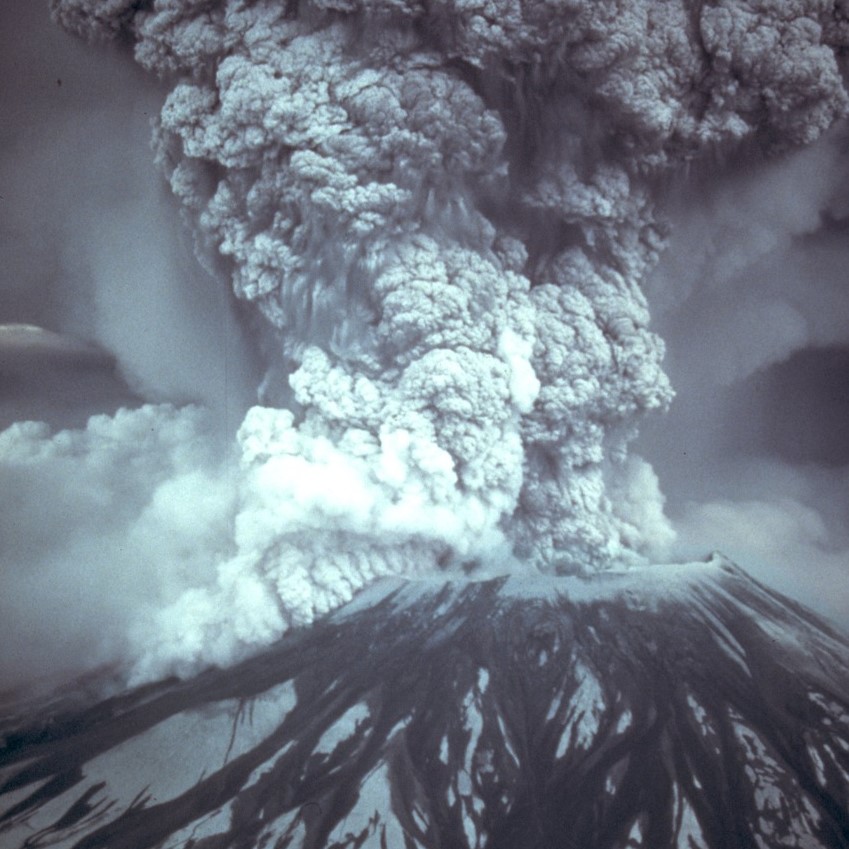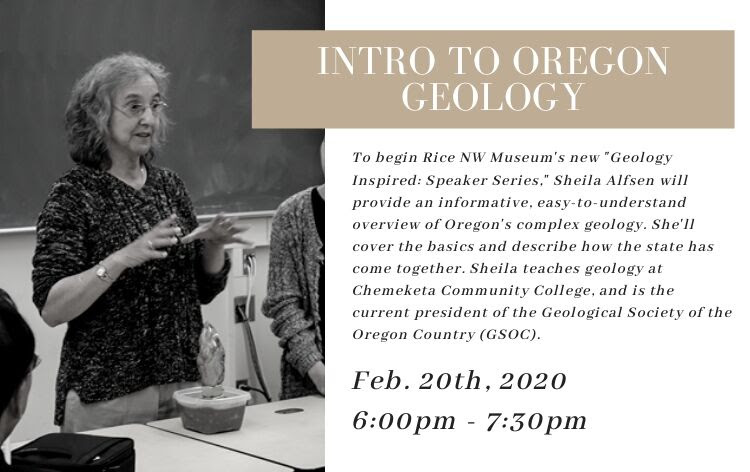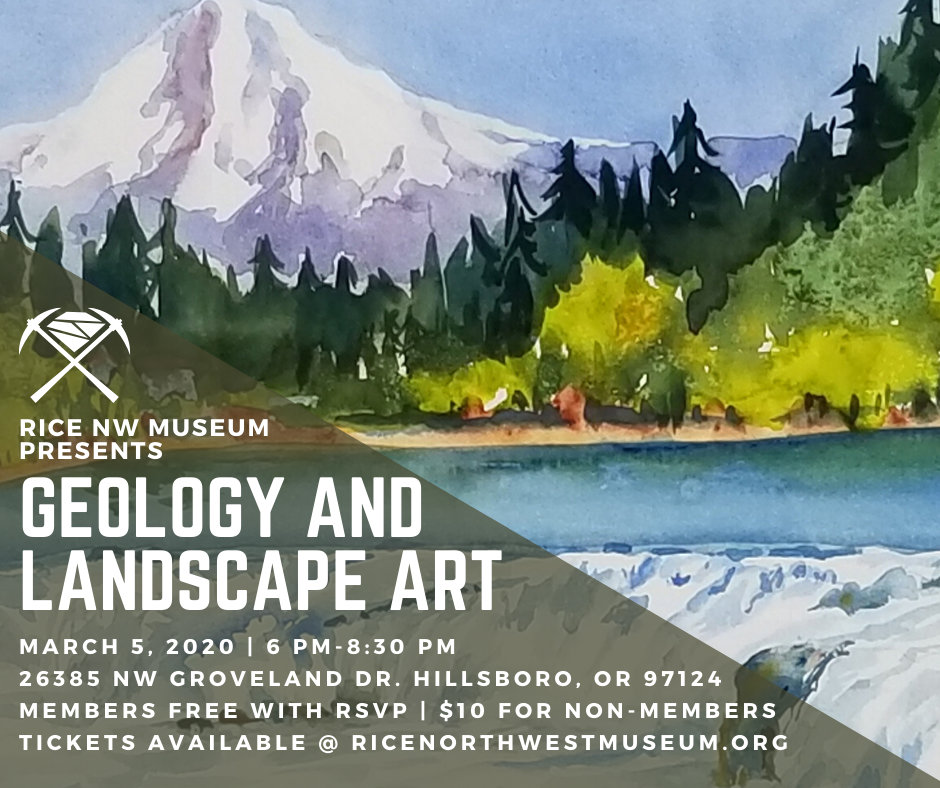Unveiling Ancient Crustaceans
Written by Jeremy Salvucci The Art and Science of Fossil Crab Preparation Michelangelo, perhaps the most lauded sculptor of the Renaissance period, said “every block of stone has a statue inside it and it is the task of the sculptor to discover it.” And while the artist behind David — perhaps the best-known marble sculpture in the […]
Unveiling Ancient Crustaceans Read More »

